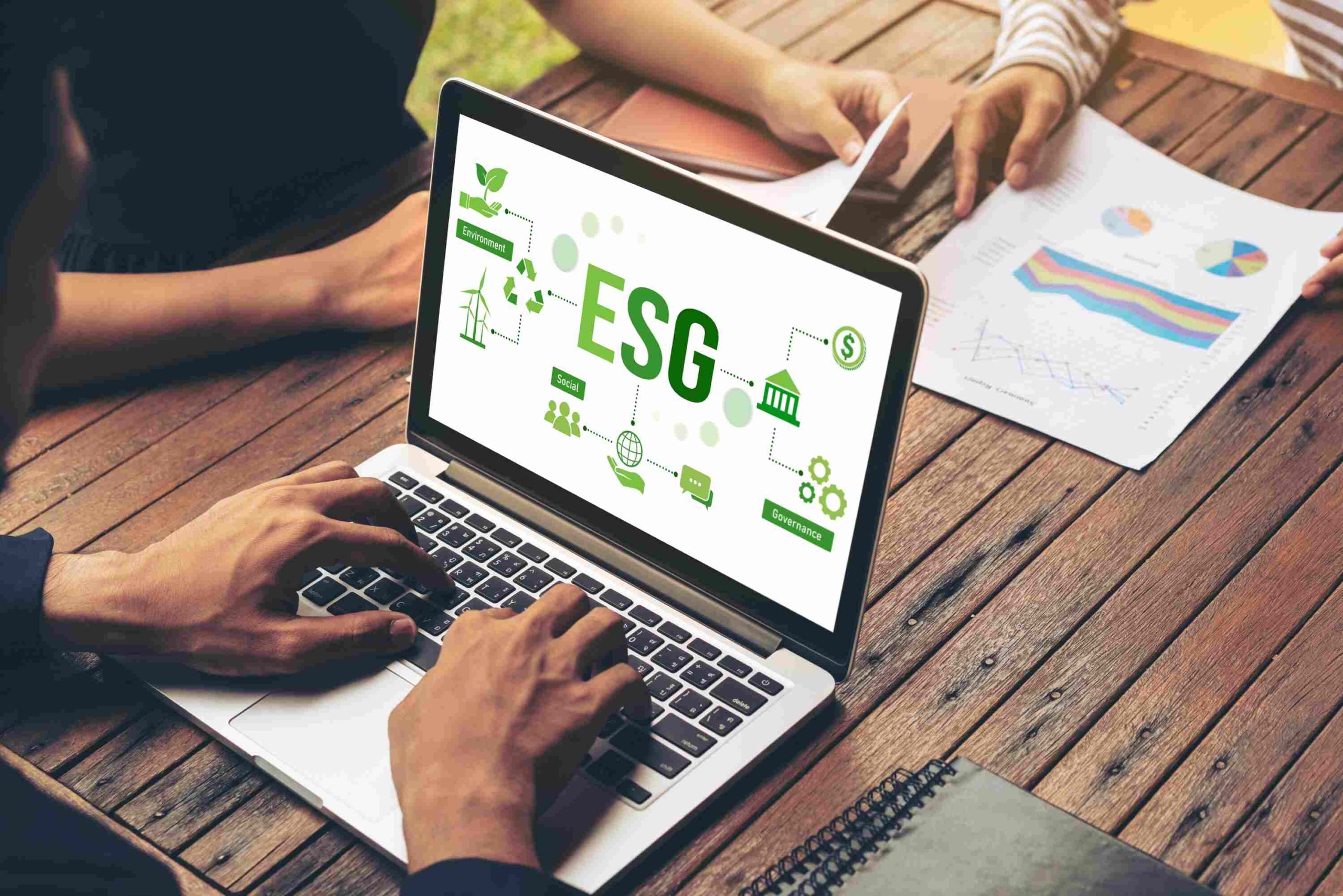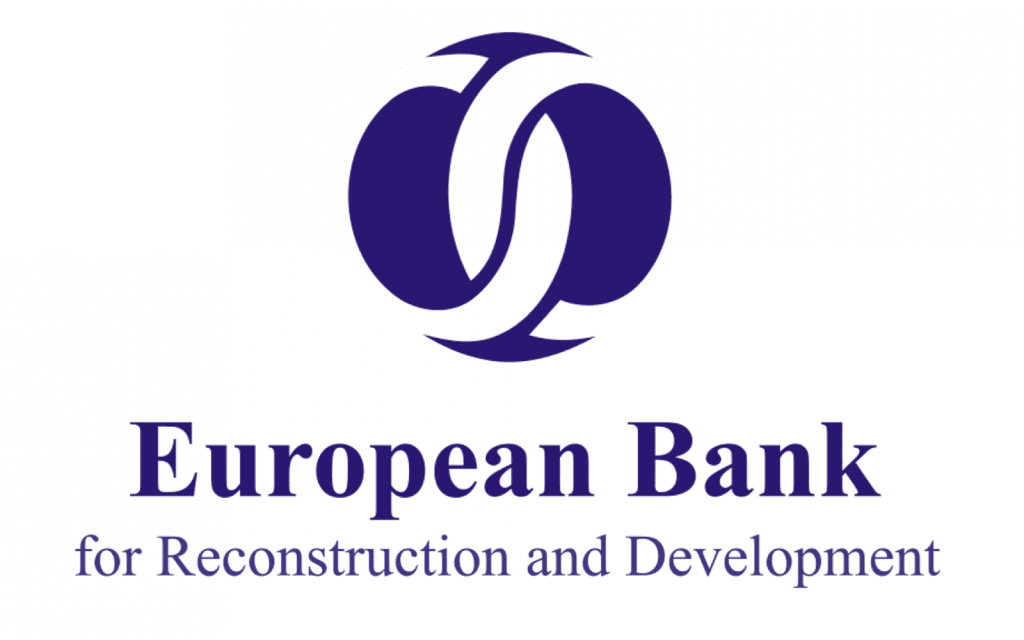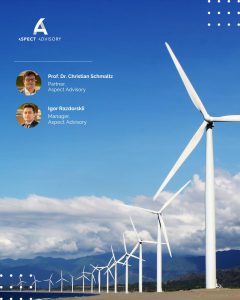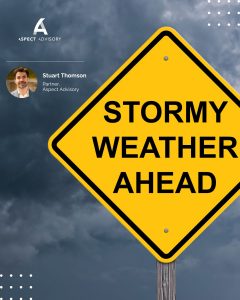Recognizing and effectively addressing climate risks in
the banking sector
FROM AWARENESS TO ACTION: THE CRITICAL NEED FOR A COORDINATED GLOBAL PUSH TOWARDS AN ECONOMY WITH REDUCED CARBON EMISSIONS
At Aspect Advisory, we understand that climate change isn’t just an environmental concern—it’s a crucial financial imperative. Financial institutions face unique challenges and opportunities tied to climate impacts. Our professionals are committed to providing strategic guidance that not only ensures regulatory compliance but also positions your institution as a leader in navigating climate-related issues embracing opportunities for sustainable and resilient growth.
CLIMATE CHANGE IS NOT ONLY AN EXISTENTIAL THREAT TO CIVILISATION BUT ALSO POSSESS SIGNIFICANT RISKS AND OPPORTUNITIES FOR THE ECONOMY AND THE FINANCIAL SECTOR
CLIMATE CHANGE IS NOT ONLY AN EXISTENTIAL THREAT TO CIVILISATION BUT ALSO POSSESS SIGNIFICANT RISKS AND OPPORTUNITIES FOR THE ECONOMY AND THE FINANCIAL SECTOR
POTENTIAL RISKS FOR CLIMATE CHANGE
Climate change is no longer just a distant concern for future generations. The potential risks associated with this global phenomenon are already impacting our present civilization in more ways than one. In fact, they go beyond the environmental implications, extending their reach to the delicate balance of the economy and the financial sector encompassing both physical dangers linked to the changing environment and transitional risks.
Losses in revenue due to
physical risks
Extreme weather conditions can impact the bank
- Directly: Through its’ premises and operations
- Indirectly: By negatively impacting the creditworthiness of clients and adversely
Disrupting transition paths
That affects bank exposures by:
- Decreasing the credit worthiness of their customers
- And causing price falls affecting the valuation of companies’ assets
Reputational Risk
- Direct risk of client loss for
- Not meeting stakeholder expectations
- Addressing climate change challenge
- Fostering a more inclusive world
- Indirect risk through clients losing business affecting their solvency due to not transitioning
Losses in revenue due to
physical risks
Extreme weather conditions can impact the bank
- Directly: Through its’ premises and operations
- Indirectly: By negatively impacting the creditworthiness of clients and adversely
Disrupting transition paths
That affects bank exposures by:
- Decreasing the credit worthiness of their customers
- And causing price falls affecting the valuation of companies’ assets
Reputational Risk
- Direct risk of client loss for
- Not meeting stakeholder expectations
- Addressing climate change challenge
- Fostering a more inclusive world
- Indirect risk through clients losing business affecting their solvency due to not transitioning
CLIMATE CHANGE RELATED OPPORTUNITIES
Our proficient management of climate change risks enables us to meet stakeholder expectations in an effective manner.
The fundamental components for assessing climate risks involve the identification and evaluation of their macroeconomic impact and the assessment of their microeconomic impact.
RISK ASSESSEMENT:
Physical Risks:
Assess the extent to which the bank’s assets are susceptible to climate-related physical risks. Such risks may encompass properties located in coastal areas at risk of flooding or agricultural loans that are vulnerable to shifts in weather patterns.
Transition Risks:
Examine the potential influence of the shift towards a low-carbon economy on the bank’s investments and clientele. Assess the ramifications of regulatory modifications, technological advancements, and market inclinations pertaining to endeavors aimed at mitigating climate change.
PROVIDING SUSTAINABLE FINANCING SOLUTIONS
- Banks can create sustainable financial products, such as the issuance of green, social, and sustainable bonds, as well as green mortgages, loans and investment funds, to help clients finance their sustainability journeys and formalise their sustainability commitments
STRATEGIC ADVISING AND EDUCATING OF CLIENTS
- The bank can play a unique role by providing expertise and advice for clients to facilitate their transition toward a low-carbon economy
- Banks can have the greatest impact by collaborating with clients, partners and broader stakeholders to support innovation and manage climate-related risks as they decarbonise their businesses and make progress towards net zero ambitions
REGULATORY CHANGES
- The regulatory landscape is shifting. Governments are imposing stricter emissions standards, including on vehicles, aircraft, industrial installations, and farm operations. Authorities are also starting to establish climate-related disclosure requirements
- Banks can engage and work closely with governments to support the development of practical and ambitious policies where appropriate and support the creation of national green finance strategies. As major economic contributors, banks can participate in relevant public policy debates and add value for clients
FINANCING THE TRANSITION
- The transition to a low-carbon economy is today’s defining opportunity for innovation and growth
- There is increasing demand for capital to finance emerging climate-resilient technologies and practices
- Capital investments are required for the global energy transition towards lower-emitting energy sources and financing the generation of electricity with renewables such as wind, solar, and water
PROVIDING SUSTAINABLE FINANCING SOLUTIONS
- Banks can create sustainable financial products, such as the issuance of green, social, and sustainable bonds, as well as green mortgages, loans and investment funds, to help clients finance their sustainability journeys and formalise their sustainability commitments
STRATEGIC ADVISING AND EDUCATING OF CLIENTS
- The bank can play a unique role by providing expertise and advice for clients to facilitate their transition toward a low-carbon economy
- Banks can have the greatest impact by collaborating with clients, partners and broader stakeholders to support innovation and manage climate-related risks as they decarbonise their businesses and make progress towards net zero ambitions
REGULATORY CHANGES
- The regulatory landscape is shifting. Governments are imposing stricter emissions standards, including on vehicles, aircraft, industrial installations, and farm operations. Authorities are also starting to establish climate-related disclosure requirements
- Banks can engage and work closely with governments to support the development of practical and ambitious policies where appropriate and support the creation of national green finance strategies. As major economic contributors, banks can participate in relevant public policy debates and add value for clients
OUR APPROACH
Through our data-driven solutions and extensive global alliances, we can identify and empower financial institutions to thrive amidst evolving environmental challenges. At Aspect Advisory, we offer a comprehensive suite of services to help our clients tackle climate change head-on.

Climate Transition Planning for Financial Institutions
Development of comprehensive climate transition plans for financial institutions.
Guidance on aligning business strategies with the transition to a low-carbon and sustainable economy.
Identification of opportunities arising from the transition to a more climate-resilient financial sector.

Climate Risk Assessment and Management
Identification and evaluation of climate-related risks in banking operations.
Development of strategies to manage and mitigate the impact of climate risks on financial institutions.

Climate Stress Testing for Financial Institutions
Scenario analysis to assess the resilience of financial institutions to climate-related risks.
Recommendations for incorporating climate risk considerations into stress testing processes.
Regulatory Changes
- The regulatory landscape is shifting. Governments are imposing stricter emissions standards, including on vehicles, aircraft, industrial installations, and farm operations. Authorities are also starting to establish climate-related disclosure requirements.
- Banks can engage and work closely with governments to support the development of practical and ambitious policies where appropriate and support the creation of national green finance strategies. As major economic contributors, banks can participate in relevant public policy debates and add value for clients.
ASPECT ADVISORY CLIMATE STRESS TESTING MODEL
By employing our sophisticated climate risk stress testing and modeling methodologies, we have been able to guide our clients and assist them in evaluating both physical and transitional climate hazards.
As a result, boards are empowered to attain lasting, sustainable advantages in the competitive marketplace for their financial institutions.

FIND OUT HOW ASPECT ADVISORY CAN HELP YOU WITH ESG SOLUTIONS
In a landscape where sustainability is reshaping financial institutions, transforming supply chains, and redefining economies, Aspect Advisory takes pride in leading this transformative movement within the dynamic realm of finance. We grasp the intrinsic power of Environmental, Social, and Governance (ESG) considerations, recognising their unique impact on financial institutions and banks.
DEPLOYING UP-TO-DATE CLIMATE MODELS AND RESEARCH
Our platform is constantly updated with the latest climate models, data, and research to ensure continued relevance and effectiveness.
We collaborate with credible organizations that provide recommendations which have been universally adopted as reporting guidelines for Environmental, Social, and Governance (ESG) data in diverse financial markets.




HAVE A QUESTION?
RELATED ARTICLES
For more insights on climate change, read our articles and discover how climate change is reshaping the economy and the financial sector.
Integrating Sustainability into Valuation
1. Introduction The topic of Sustainability has become profoundly influential...
Read MoreNavigating the Complexities of a Climate Risk Landscape
Introduction With six months and two seasons in 2023 breaking...
Read MoreProject Gaia
Introduction Climate change, a mounting global concern, goes beyond geographical...
Read More



